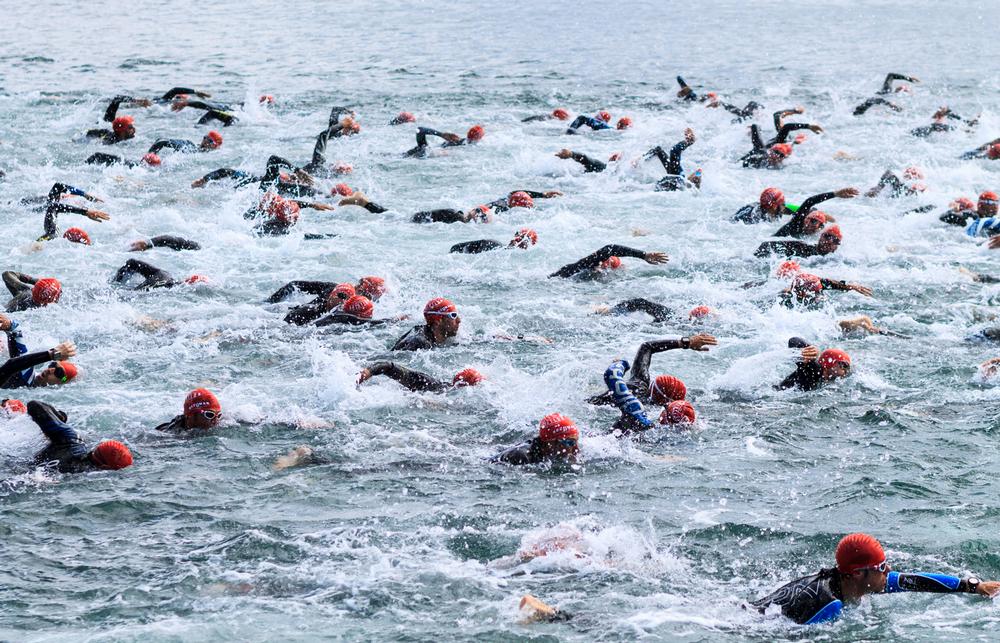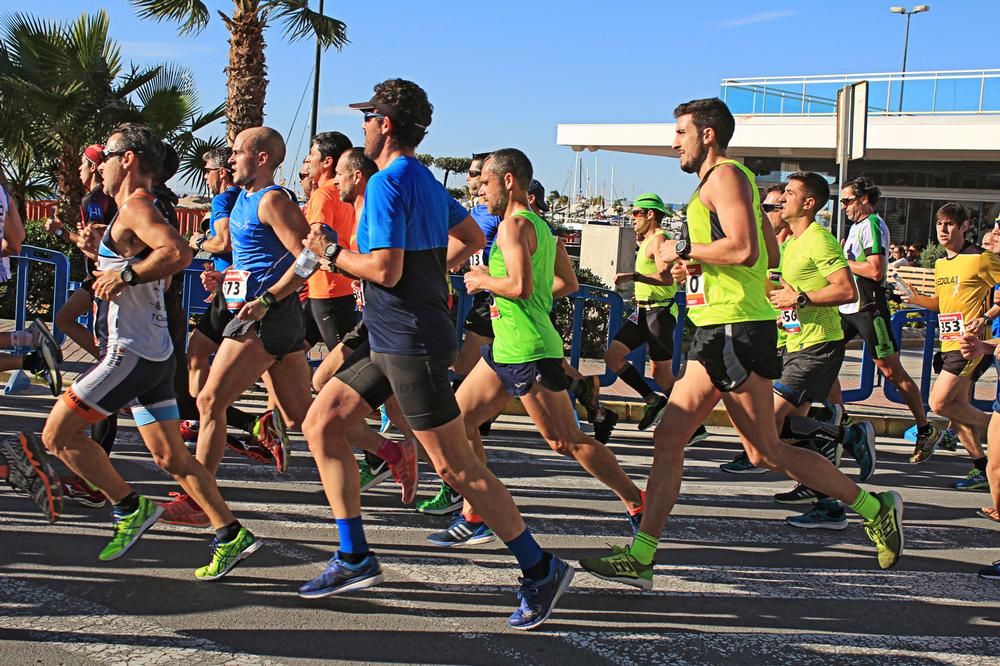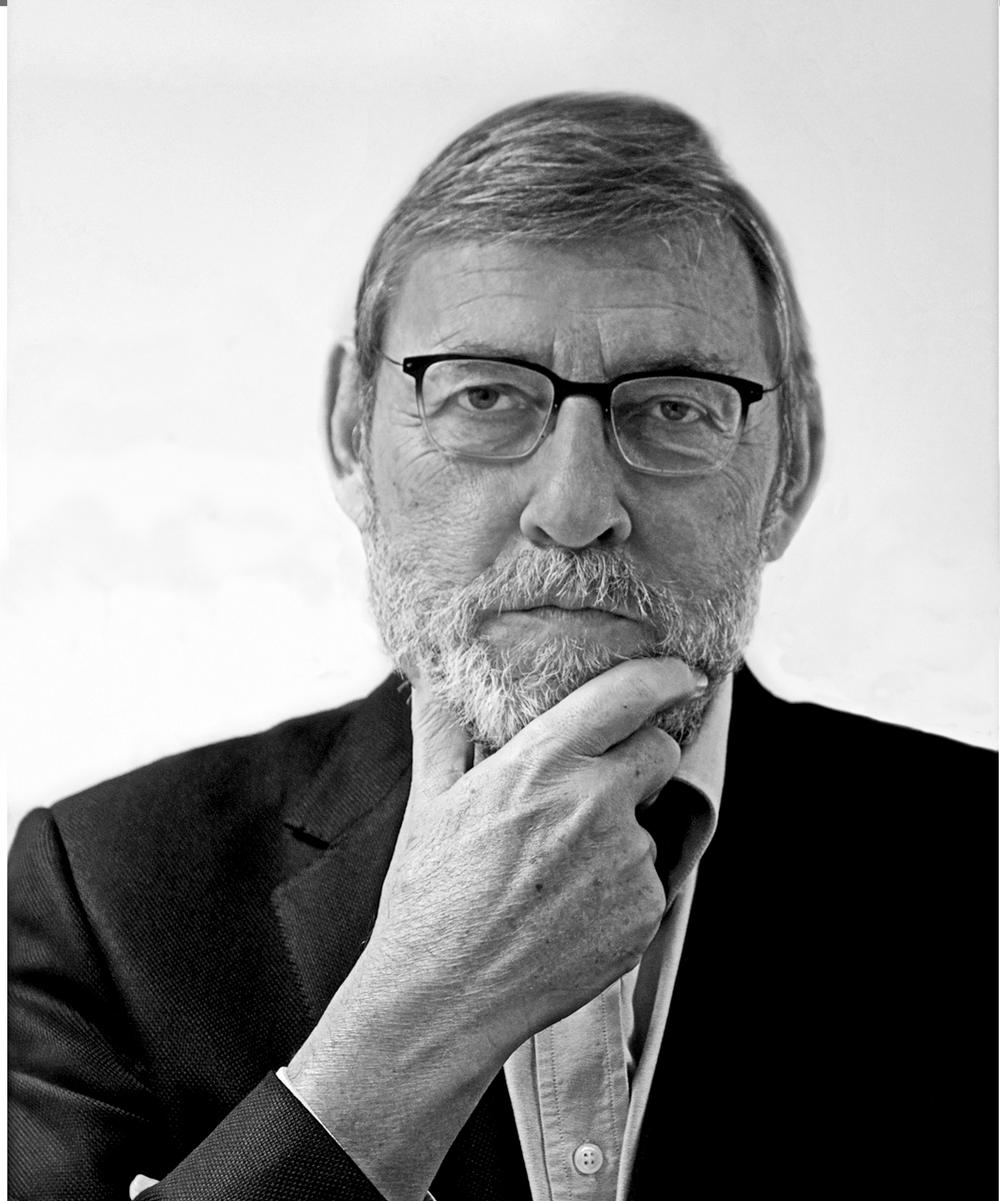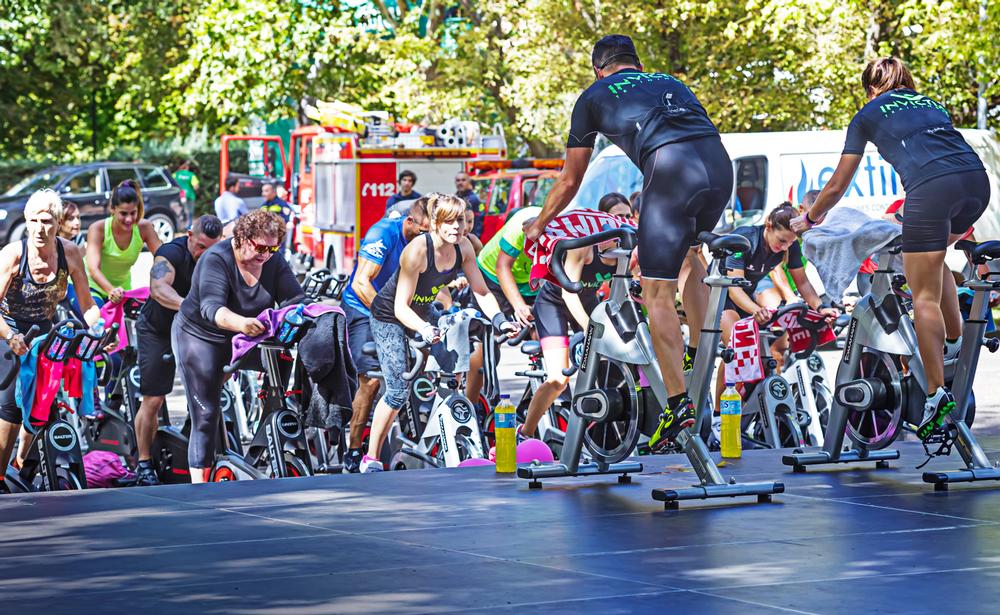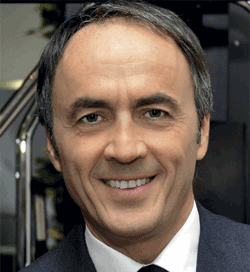Your background is a political one – can you tell us more?
I was Spain’s Secretary of State from 2004 to 2011, with a mandate that covered legislative reforms. These included the approval of the Health Protection and Fight Against Doping law (2005) and the Penal Code Reform (2010) to fight against corruption in sport – that included things like match-fixing, illegal betting and so on.
Other key milestones included the approval of the A + D Plan, which promoted the practice of physical activity across all social groups; the DIDAN Plan for the construction and improvement of high performance sports facilities; the ADOP plan for the financing of Paralympic activity; and the different ADO Plans for Olympic funding.
This period was considered by many to be the golden age of Spanish sport, with great results achieved across a wide range of specialities and competitions.
You’re now president of España Activa. How did that come about?
The España Activa Foundation was launched at the end of 2014. It’s a not-for-profit organisation founded by some of the main players in the Spanish fitness industry, and it’s currently expanding its membership to encompass the broader sports and leisure ecosystem in Spain.
I joined the España Activa Foundation in February 2017 because I was driven by a desire to actively contribute to the promotion of an active and healthy lifestyle among the Spanish population. To be able to do so as president of the Foundation – by helping to build and increase the visibility and impact of the Foundation by bringing to the table all my experience accumulated over many years of public service – seemed like a unique opportunity for me to play a small part in its important mission.
I believe that the most obvious value I bring to the organisation is my extensive experience in government, at different levels within the State. However, possibly even more important are the strong relationships that I have fostered within the ecosystem of sports and active leisure in Spain – relationships which we can harness to achieve our goals. I believe my connections and experience make it easier for us to access the people and institutions that are capable of working with us to achieve a more active, healthier and happier Spain.
What are the objectives of España Activa?
The main objective of the Foundation is to increase the level of sports and physical activity done by the Spanish population. Echoing ukactive’s mission in the UK – getting more people, more active, more often – we aim to positively influence Spanish society with a view to getting more citizens more active on a more regular basis. Specifically, our goal is to get participation levels above the European Union average by 2020. This objective lies at the heart of our 2018 to 2020 plan.
We aim to do so by identifying all the key stakeholders in our country, across all spheres, and establishing relationships with them to increase the visibility of our actions, to enhance our credibility and to boost our resources. Again, we’re very interested in how ukactive has achieved this goal in the UK and we believe everyone has a role to play – business, social organisations, the media, individuals, families and educational institutions. Our role at España Activa is to be the facilitator, the catalyst that brings everyone together, so it becomes the norm to be part of our great movement towards a more active, healthier and happier society.
What is the situation in Spain at the moment?
Spain has the worst participation rate of any European country. In their free time, 57 per cent of Spaniards fail to do regular moderate physical activity, while 67 per cent never perform any kind of vigorous activity. We also top the table of European countries when it comes to sedentary activity while we’re working or studying.
The number of Spaniards who are completely inactive has fallen – from 54 per cent in 1995 to 37 per cent in 2014 – but sadly we aren’t seeing a rise in the number of people meeting minimum physical activity guidelines.
However, we have been seeing an improvement among the 15 per cent of Spaniards who are already very regular exercisers. They have further increased their activity levels and regularity, with many of them making use of sports centres and/or being federated athletes.
Are there any other problem areas?
Our data clearly shows a significant gender gap. Women are less active than men across all age groups, particularly as adults when they’re trying to balance their professional and family responsibilities. There’s also a lack of equality across the socio-economic groups. Individuals in the lower social classes are much less active than other classes.
The España Activa Foundation is working to identify the exact needs of these population groups so we can find solutions that improve service accessibility and user support.
Have there been any particularly successful España Activa projects so far?
España Activa has participated very actively as a member of the European ALCIS Project (Active Learning for Children in Schools) led by EuropeActive. Working alongside a number of Spain’s former Olympians – big names like Fermin Cacho, the Olympic 1,500m champion at the Barcelona 1992 Olympics – we’ve gone into 18 educational centres across a number of different cities to run workshops. These workshops promote an active lifestyle, with special teaching materials for children and their teachers.
We’ve seen extraordinary results in the more than 6,000 children who took part, and we are now working on ways to further develop and roll out the initiative across the country.
Which factors in the Spanish market are helping to improve activity levels?
We’re seeing huge strides being taken in the so-called ‘concessional business’ model, where a private company accesses public land – through competitive bidding – and is awarded a long-term contract, usually 30-40 years, to invest in sports and fitness facilities on that site. These facilities then have to provide high quality services to citizens at accessible prices, which are set by the local authority. After the 30-40 years, the land reverts back into the ownership of the local authority.
This system, which started following the 1992 Barcelona Olympics, has so far provided access to affordable yet very high quality facilities for hundreds of thousands of citizens.
What is the potential of the Spanish market?
With a penetration rate of just 11 per cent – that’s 5 million users across almost 4,500 clubs – the Spanish market clearly has enormous opportunities for growth and consolidation. But we need to innovate. We need to deliver higher quality services, supported by evidence and provided by professionals that are focused on facilitating behaviour change. I’d like to see disruptive and sustainable models focused on the inactive population of our country, and I believe this can happen in the next five years.
How can the government help?
The government has a key role to play, both in terms of communicating public health messages that promote an active and healthy lifestyle, and in terms of creating a climate that encourages the development of universally accessible facilities and services.
From my humble point of view, I think it’s possible – and, indeed, necessary – that it does much more.
I would start by taking some small steps that are designed to deliver a big impact. One idea would be to establish a more favourable tax regime for all sports services and activities, offering tax benefits for companies and individuals that engage in active behaviour.
Another thing I would do is increase the weekly hours of physical education on the school curriculum and use public communication channels to launch a campaign to stimulate active behaviour.
With this in mind, we’ve already put forward a Parliamentary Declaration to Congress and the Senate to recognise physical activity as a matter of general interest of the State.
Overall, what needs to happen to achieve España Activa’s objectives?
We need everyone involved in our country’s active leisure and sports ecosystem to get involved if we are to make a real change. Firstly, we need to increase our visibility and credibility – I believe the work of our research institute will play a big role in achieving this. Secondly, we need to grow both our resources and structure. And, of course, we need to add value for our members.
We’ve given ourselves a three-year window to achieve an effective and sustainable impact, and I’m utterly convinced we’ll achieve this. I wouldn’t be here otherwise.
I believe and trust in our ability to make a difference, to be a key player in the transformation of Spanish society in a more active, healthier and happier society.








